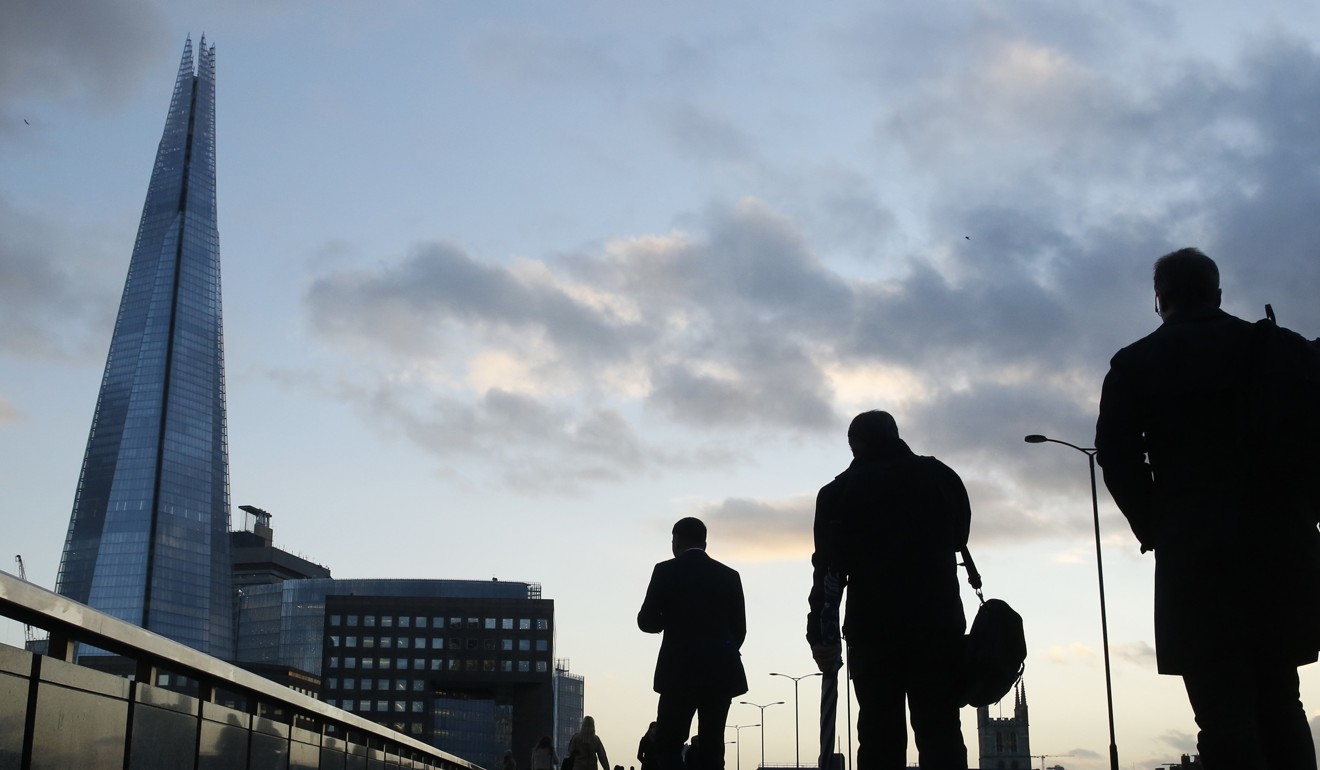
London’s skyline set to soar with record 510 tall buildings in the pipeline
London’s skyline is to be transformed over the next decade with a record 510 tall towers, more than 20 storeys high, planned or under construction.
There were 455 such towers in the pipeline in 2016, according to research from the industry forum New London Architecture (NLA) and real estate consultancy GL Hearn.
Construction has started on 115 towers, also a record. Over the past two years, work started on more projects than in the preceding five years combined.

Two of Europe’s tallest residential towers will be the 233-metre Landmark Pinnacle on the Isle of Dogs and the 235-metre Spire London, also in Canary Wharf. Both are expected to be completed by 2020. They do not come close to the Shard, which, at 310 metres, remains the tallest building in Europe.
But the report also recorded signs of a slowdown. Last year 40 tall building projects got under way – a 25 per cent drop on 2016 – and 18 were finished, down 30 per cent. Projects now typically take three to four years from start to finish rather than two to three years as before.
The number of applications for new towers last year was also down by 10 per cent from 2016 and by 35 per cent from 2015, when an application for the Greenwich Peninsula project was made involving more than 40 tall buildings.
Peter Murray, the NLA chair, said the slowdown was to be expected. “The uncertainties created by Brexit are causing projects to be postponed, while higher stamp duty introduced by George Osborne in December 2014 continues to impact on the market.”
The planned towers could provide 106,000 new homes by 2030, while the mayor of London has called for 66,000 new homes a year. Half of the planned towers (252) are in East London, while the second-biggest cluster (99) is in central London.
Almost a third of all the new towers will be in outer London. In Croydon, the world’s tallest modular tower, containing more than 300 build-to-rent flats, has received planning consent.

